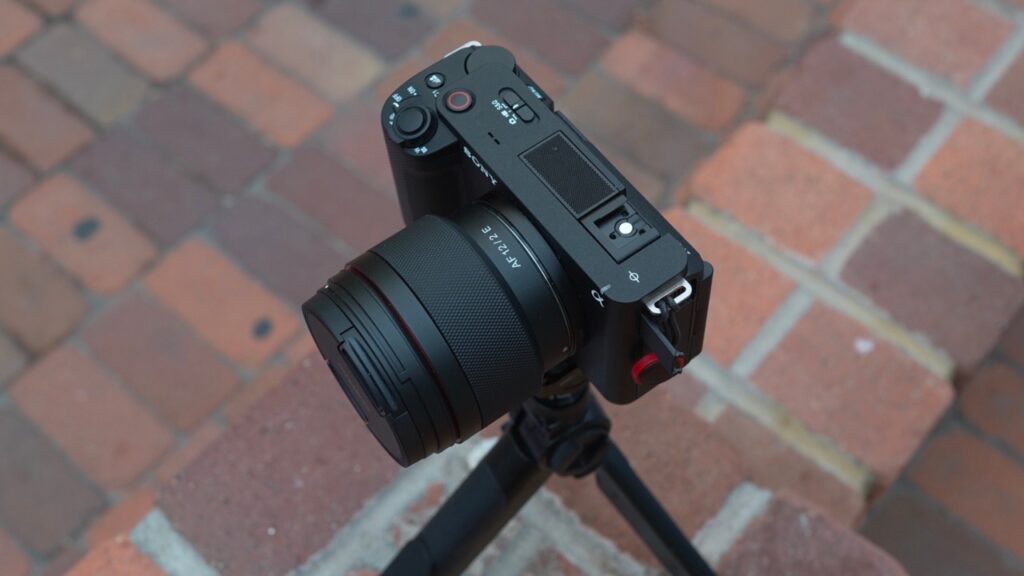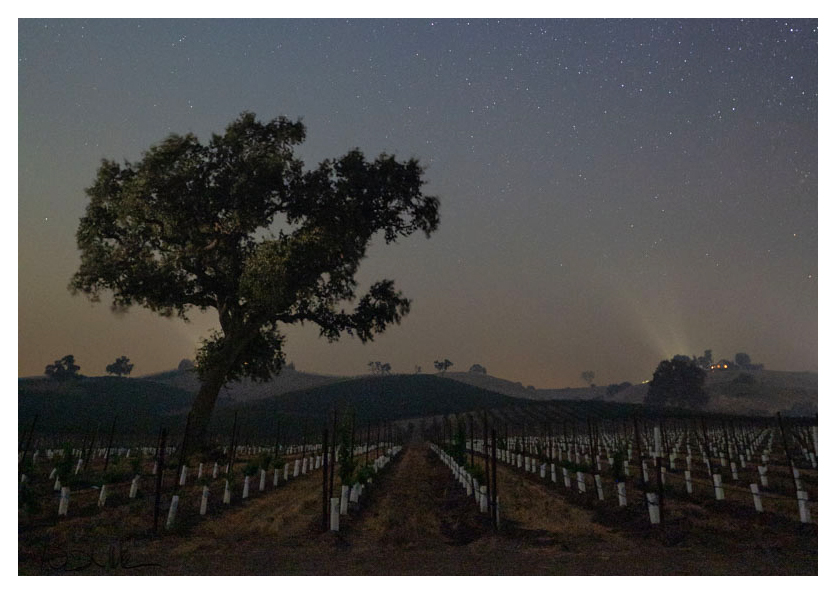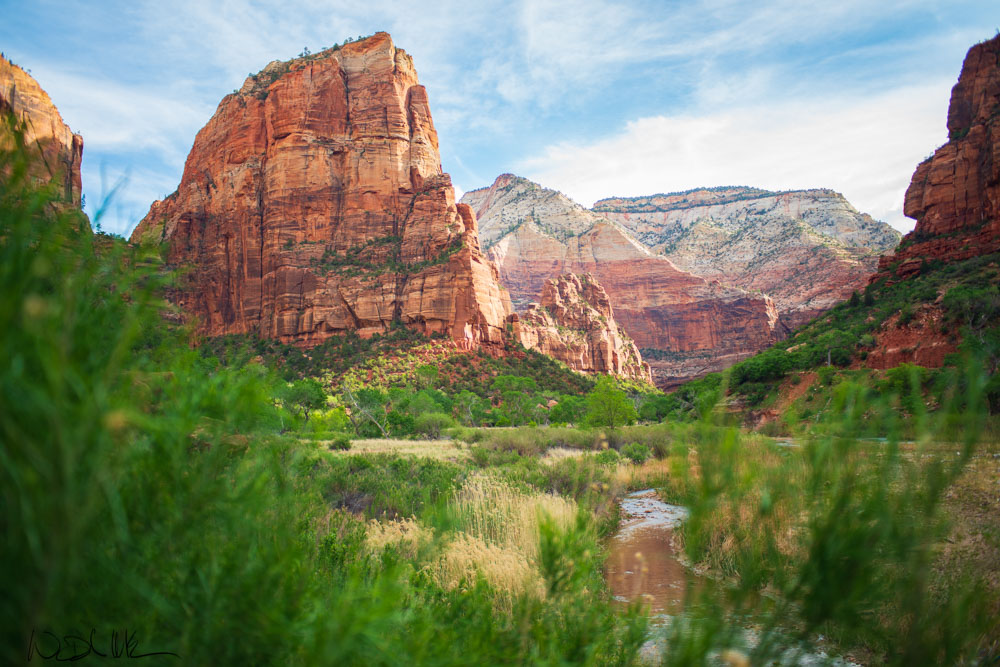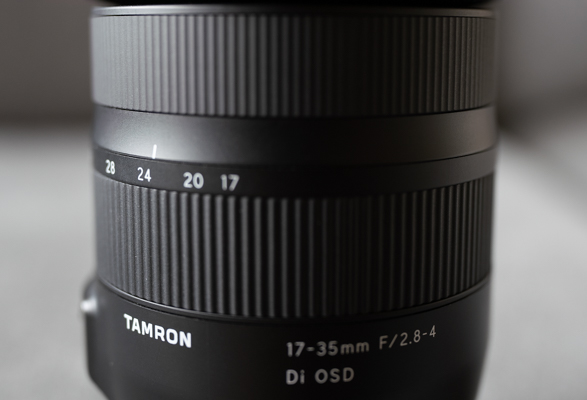It’s easy to get started in astrophotography, but it can be a challenge to find a good affordable lens.
For most people starting out, I recommend using the Samyang 18mm 2.8. It’s wide, fast, and sharp, but there are a few other lenses you might want to consider.
Why use an affordable lens for astrophotography?
You don’t have to spend a fortune to get into astrophotography. In fact, you don’t even need a native lens.
I used a Canom 17-35 2.8 on a Sony body for years before switching to a Sony lens, and I still prefer the pin point stars with the Canon lens.
It’s difficult to make a great lens for astrophotography and there are only a few lenses that are exceptional like the Sigma 14-24mm 2.8.
Most lenses aren’t made for astrophotography, and all you need is a manual focus lens with a 2.8 aperture or faster, minimal vignette, and decent coma.
The following list of affordable Sony lenses meet that criteria and will help you take better photos of the night sky
Samyang 18mm 2.8 (most affordable)
With a focal length of 18mm, the Samyang 18mm 2.8 is ideal for astrophotography and night sky photography. It’s best for landscapes, especially when you want to include the foreground and the milky way.
This lens is wide, sharp, and has pretty decent coma performance. It’s not the best, but it’s close to what you can get from the Sony 24mm 1.4 GM.
If you don’t think this lens is wide enough, you can always take multiple images and merge them together.
At around $300, you won’t find a better lens with this aperture and price point.
Samyang 14mm 2.8
If you have a little more money, the Samyang 14mm 2.8, is a great option if you want to capture more of the milky way.
This lens is a newer version of the previous manual focus version, and it’s now sharper and has better coma. It still does have quite a bit of vignette and is more distorted than the 18mm 2.8.
Tamron 17-35 with adapter
If you want a great lens for star tracking, the Tamron 17-35 (canon) with an adapter is my top choice. It’s very affordable, and it’s one of the best lenses I’ve used for capturing pin-point stars. It has very little coma and a lot of vignette until you stop down. That’s why I use this lens with my star tracker at f4. Read my full review on this lens for astrophotography.
You can use this lens with the MC adapter, but any cheap adapter will work. If possible, try to get one that will capture metadata.
Sony 20mm 1.8
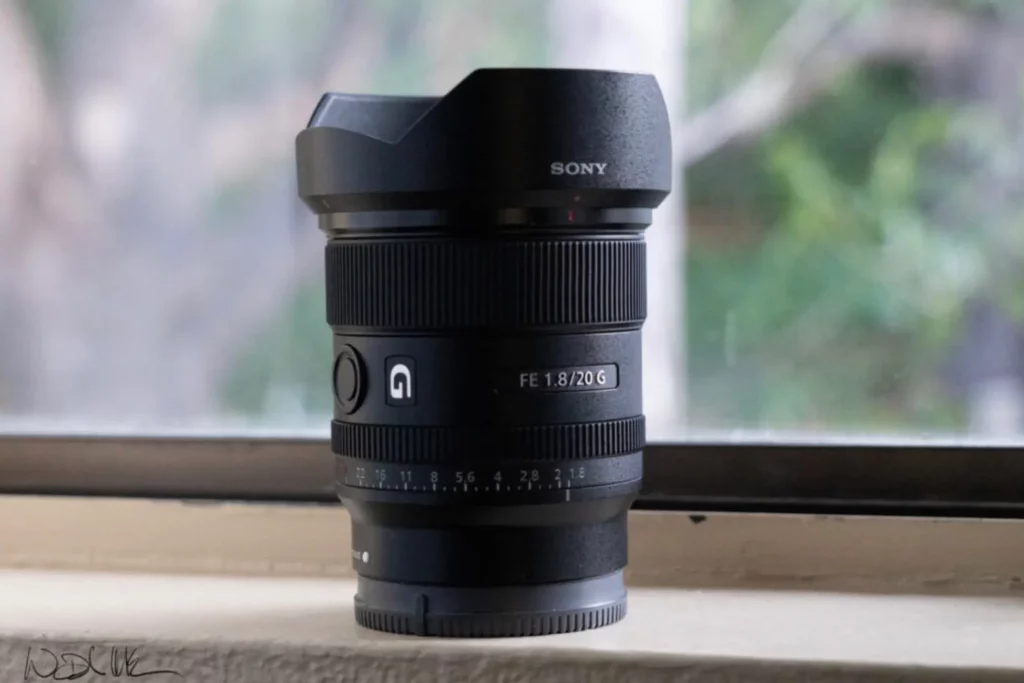
The Sony 20mm 1.8 is one of my favorite lenses for astrophotography. At 1.8 it can let in more light than slower lenses, allowing you to capture images with less noise and more detail. It’s also great for astrophotography, portraits and travel photography because of its wide field of view. The 20mm is also small and lightweight, I use it almost exclusively for astophotography.
Watch my full review of it here.
Sigma 14-24 2.8
If you want a lens that has it all, the sigma 14-24 2.8 is it. This lens is sharp, has great coma performance, and the distortion isn’t terrible.
The only downside is the price and the weight, but it’s really not that bad compared to some of the other lenses in its class like the Sony 16-35 2.8.
Absolute best full frame lenses for astrophotography
If you need the very best, I recommend going with the Sigma 14-24 2.8 for Sony mirrorless. Here are a few other lenses that will work great.
All these lenses are great but the Sigma and Canon are my top rated performers.
Best APS-C lenses for astrophotography
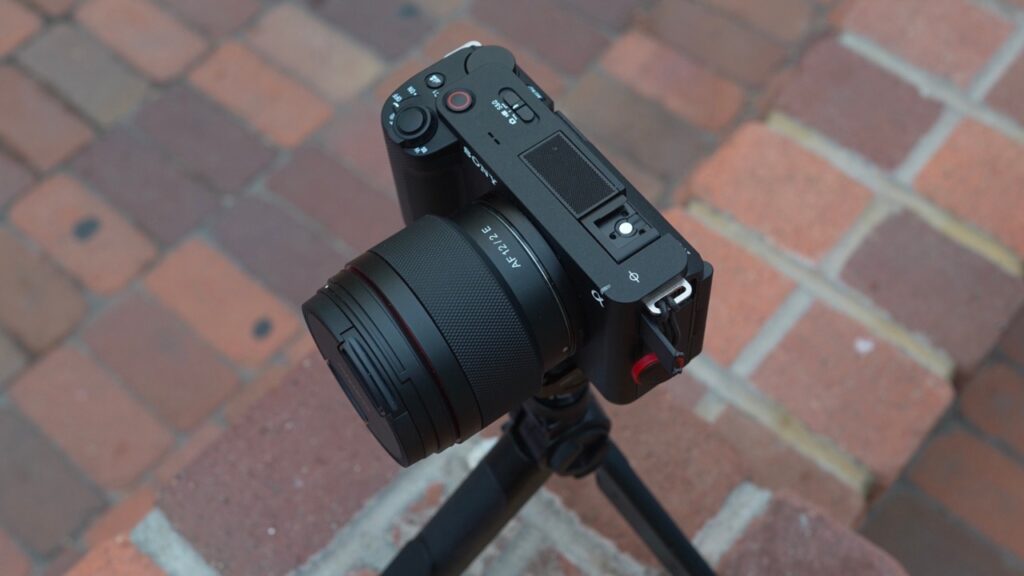
The best lens for astrophotography is the Sony 15mm 1.4 or Samyang 12mm f2. Their both sharp, fast, have minimal vignette, and pretty decent coma performance.
I wouldn’t say it’s the best coma performance I’ve seen, but it’s one of the best options for other aps-c lenses in its class.
If you’re looking for a more affordable option, you should consider the sigma 16mm 1.4. It’s just as fast, and it’s almost half the price.
It’s a little larger in size, but it’s pretty close to the quality of the Sony 15mm.
Conclusion
For most people, the Samyang 18mm 2.8 will work great. You won’t find any other lenses at this price point that will do a better job. If you decide to spend more money, I would recommend the sigma 14-24 2.8. It’s around $1000, but it’s the perfect lens for milky-way photography.
I hope this guide has helped you get started with astrophotography. Subscribe below to learn other photography tips and tricks.

